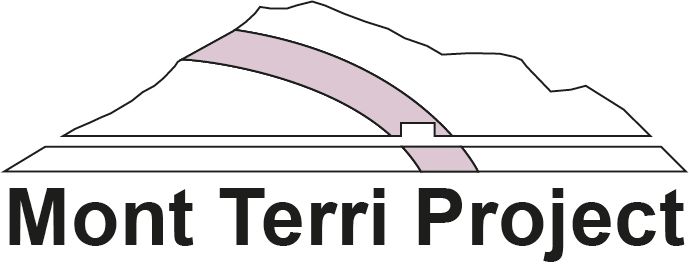The most important experiments
Since 1996, experiments have been carried out in the Mont Terri rock laboratory. The expansion of the laboratory in 2018/2019 allows us to carry out new experiments.
With this diagram you can identify the locations of the various experiments and below the description of each experiment.
Experiments in underground rock laboratory Mont Terri
BN: Bitumen-Nitrate-Clay Interaction
CD: Cyclic Deformations
CD-A: Influence of Humidity on the Cyclic and Long-Term Deformation Behavior of the Opalinus Clay
CI-D: Cement-Clay Interaction
CL: CO2 Long-Term Periodic Injection
CS-A: Well Leakage Simulation and Remediation
CS-D: CO2 Injection and Direct Observation of Fluid Propagation
CS-E: Mini-Fracturing and Sealing
DR-B / DR-C / DR-D / DR-E: Diffusion and Retention
EB: Engineered Barrier Emplacement
FE: Full-Scale Emplacement
FS-B: Fault Slip
GT: Gas Transport
HE-E: Heating Experiment
HC: Hydrogeological Characterization of the Transition Opalinus Clay - Passwang Formation
HG-A: Gaspath Through Host Rock and Along Seal Sections
HS: Hydrogeology at the Boundaries of an Aquifuge Unit (Opalinus Clay)
HT: Hydrogen Transfer
IC-A: Iron Corrosion
MA-A: Microbial Activity
MB-A: Mine-By Experiment
MH: Long-Term Monitoring of Deformations
MO: Monitoring Experiment
PF: Progressive Rock Mass Failure and Overbreak in Fault Zones
SE-P: Self-Sealing Processes in Old Excavation Damaged Zones
SM-C: Seismic Monitoring
SW-A: Large-Scale Sandwich Seal Experiment
TS: Tunneling Support Experiment

